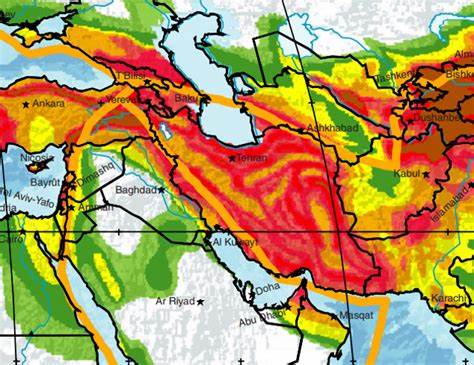
In the Iranian collision zone, the tectonic plates collide with one another in increasingly shallow layers. So there are earthquakes in shallow depth of just 15 to 30 kilometers,” seismologist Torsten Dahm told Deutsche Welle. This mundane fact is what accounts for the reason why even moderately sized quakes in Iran have the potential to resonate with such strength and impact. On June 20, 2025, a 5.1 earthquake hit near Semnan, Iran, sending a ripple of concern across a region already charged with geopolitics. But the science behind the quake is as compelling as its timing, revealing something about the tectonically restless earth beneath one of the world’s most seismically active countries. This listicle delves into the most intriguing aspects of the Semnan earthquake, from its abnormal magnitude to how tremors are measured, and what it reveals about the future of seismic risk in the Middle East.
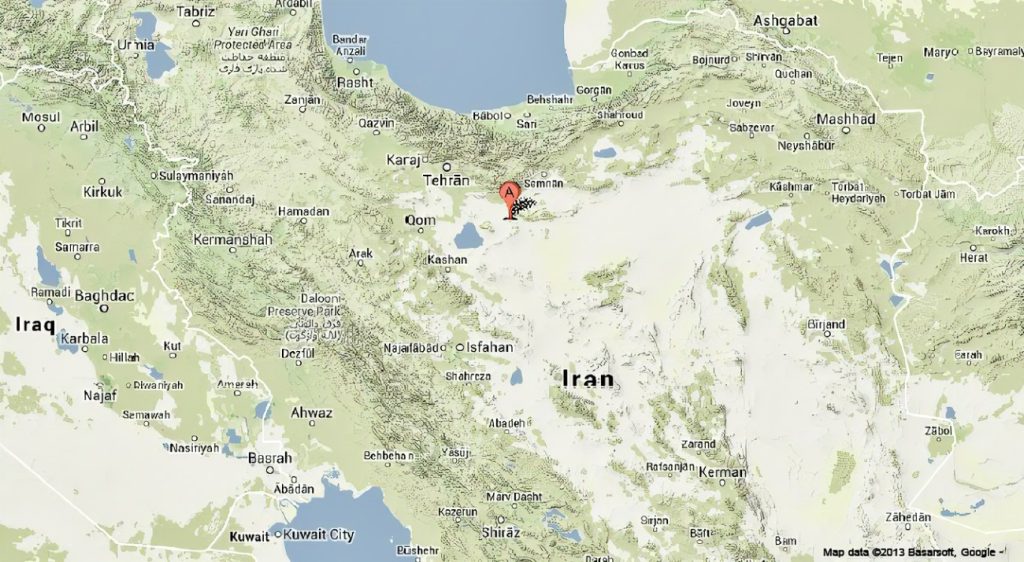
1. Unusual Strength and Timing of the Semnan Earthquake
The June 20, 2025, earthquake near Semnan was the strongest to hit the region since September 2020. Its magnitude—measured at 5.1 by the USGS and 5.2 by several other agencies—might not sound impressive on a worldwide basis, but it is unexpected for the region. Just one other quake of comparable intensity has occurred within 300 kilometers of the epicenter over the past decade, so the event is unusual. Most notable about the quake is the fact that it occurred at a time when tensions in the area were increasing, a reminder of how often natural disruptions tend to intersect with the plans of men in unforeseen circumstances.
Its shallow depth of only 10 kilometers increased the surface effect of the quake, something seismologists closely monitor when forecasting damage.
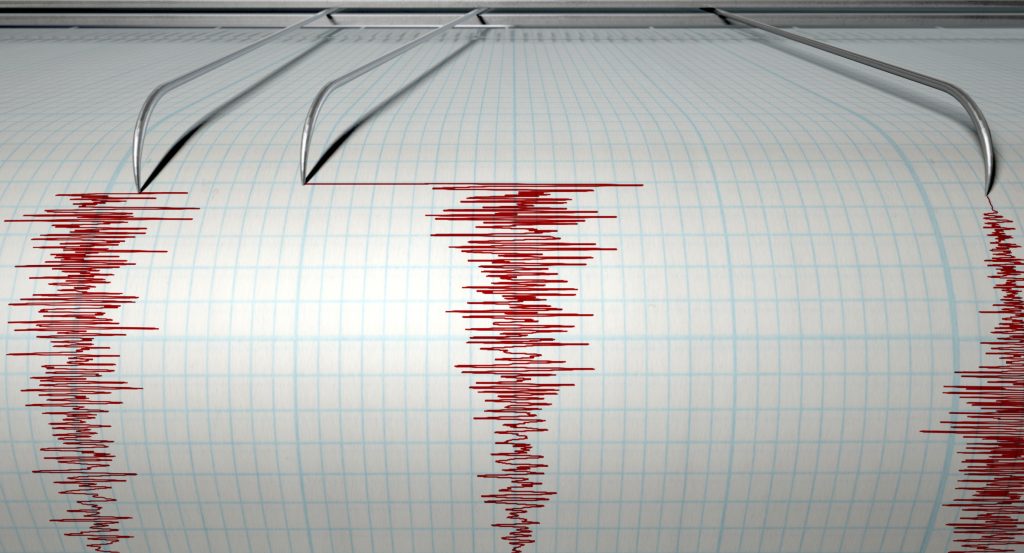
2. Measuring Earthquakes: Why Magnitude Isn’t Always Absolute
The size of an earthquake isn’t a fixed quantity—it’s an estimate, and various agencies might report nominally different numbers for one quake. For the Semnan earthquake, the USGS measured it to be 5.1 while Iran’s Tasnim news agency and the German Research Centre for Geosciences (GFZ) measured it as 5.2.
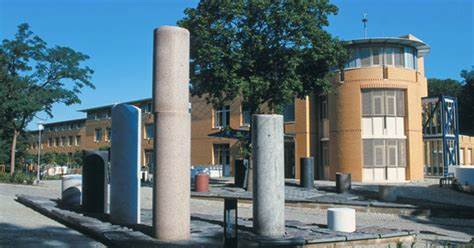
The reasons are differences in network coverage in seismic records, processing, and the scales used. The moment magnitude scale (Mw), today’s international norm, approximates the overall energy released by an earthquake and provides a more uniform number than the earlier Richter scale. As Michigan Tech explains, every whole number increase on the magnitude scale indicates ten times greater ground motion and roughly 32 times greater energy released.
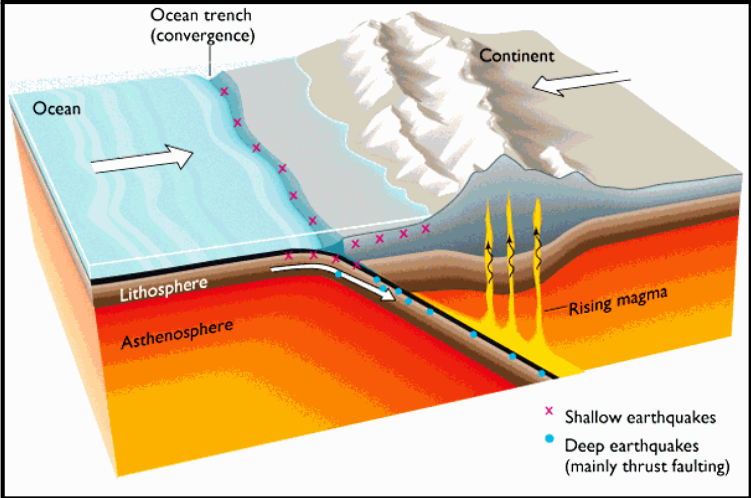
3. Why Shallow Earthquakes Are More Important
Depth is likely the most important factor in earthquake effect. Shallow earthquakes such as the Semnan earthquake at 10 kilometers induce more intense surface shaking than deeper earthquakes. “Iran’s collision zone produces earthquakes at depths of only 15 to 30 kilometers, which is much shallower than the subduction zones where the earthquakes can form hundreds of kilometers deep,” explained seismologist Torsten Dahm to Deutsche Welle. This geological fact makes even small quakes highly felt and of disproportionate impact, particularly in areas with below-standard infrastructure.
Q shallowness was one of the primary causes why the Semnan quake was felt as far away as Tehran, though it was only a moderate quake.
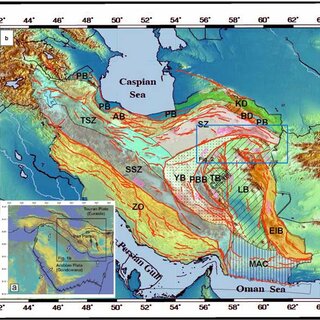
4. Iran’s Tectonic Squeeze: Sitting on a Fault-Scarred Plateau
Iranian seismicity is due to sitting on the collision belt of the Arabian and Eurasian plates. The Iranian plateau is dissected by long faults, and the nation is ranked as being one of the most seismically active countries in the world. The Iranian seismic belt is over 1,600 kilometers long and 400 kilometers wide and comprises multiple fracture zones without a single sharp boundary, the Deutsche Welle reports. This complexity produces a high frequency of, occasionally catastrophic, earthquakes—at a rate of one earthquake per day on average, Iran experiences.
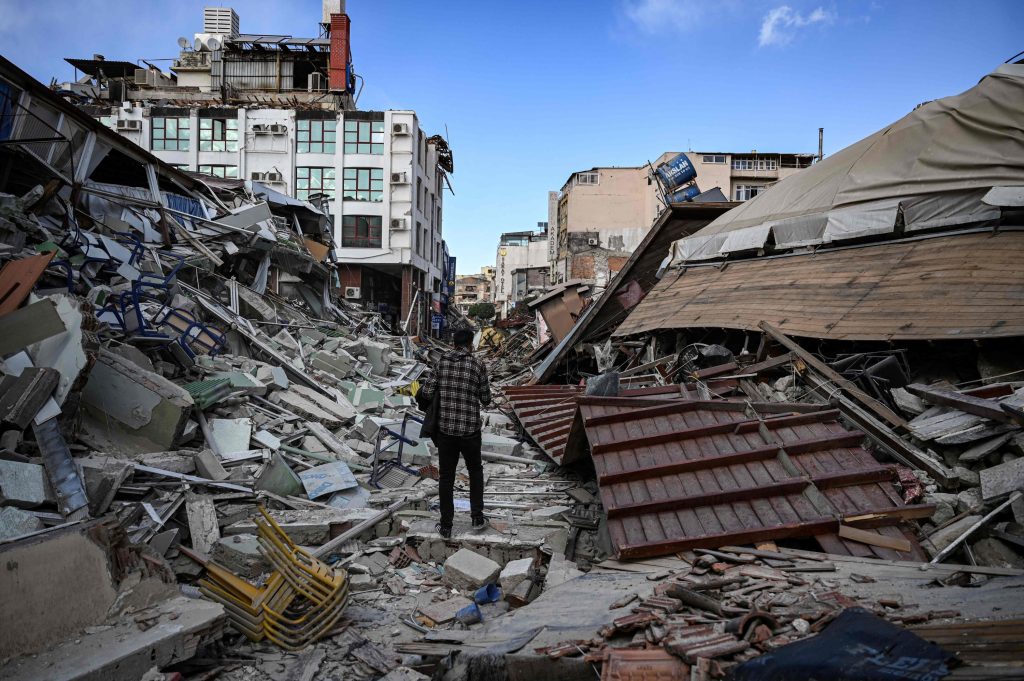
5. Little Damage, No Fatalities: A Fortunate Turn of Events
Even with its power and apparent depth, the Semnan earthquake resulted in little damage and no fatalities, Iran’s official news agency IRNA reported. The consequence is relief against Iran’s disastrous seismic history; more than 126,000 have been killed by earthquakes there since 1900. The Modified Mercalli Intensity scale, measured in terms of shaking from human observation and structural impact, counted only slight shaking near the epicenter. As the Modified Mercalli scale shows, intensity varies unpredictably even for earthquakes of the same size, as a function of depth, distance, and local geology.

6. Recurrence Intervals: How Uncommon Was This Event?
Recurrence intervals are used by seismologists to approximate how frequently an earthquake of a given size will strike a particular area. For the Semnan area, only one earthquake of 5.1 or higher magnitude within a 300-kilometer range has occurred in the last decade, and that indicates a recurrence period on the order of a decade for an event of this sort. They are controlled by fault geometry, stress evolution, and aseismic creep. These estimates are being refined by the latest developments, including physics-based models and machine learning algorithms, which strengthens early warning systems and hazard forecasting. As a recent research study on earthquake recurrence intervals puts it, such calculations are important in land use planning and risk mitigation.

7. Seismic Risk and Preparedness Takeaways
The Semnan earthquake, while modest, is a powerful reminder of ongoing seismic hazard in Iran and the broader Middle East. Improvements in seismic observation and recurrence interval science are enabling scientists and policymakers to more fully understand and prepare for looming earthquakes. Early warning by seismologists, improved building codes, and public awareness are the solution to minimizing risk. With the science improving, so does the ability to foresee and react to nature’s wild shudders, and every earthquake becomes a survival lesson.

The 2025 Semnan earthquake might have come and gone with minimal physical damage, but its social and scientific importance is enormous. It underlines the importance of careful watching, the need for good foundations, and the need for continued investigation into the region’s intricate tectonics. To those who monitor the seismically active earth under Iran, every earthquake is reminder and challenge to learn more—and to construct a safer future.

